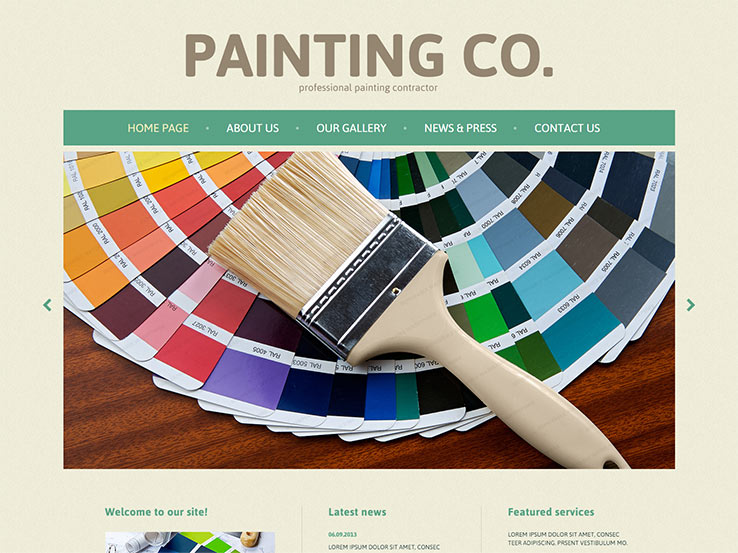Seasonal Factors In Commercial Exterior Painting: Secret Insights You Need To Understand
Seasonal Factors In Commercial Exterior Painting: Secret Insights You Need To Understand
Blog Article
Content Composed By-Ford Browne
When you're planning an industrial external painting project, seasonal aspects can make or break your outcomes. You'll want to take into consideration just how temperature and humidity impact paint application and drying times. Choosing the best season can guarantee your paint sticks appropriately and lasts much longer. However which periods are absolutely the most effective for this type of work? Allow's explore the key elements that can impact your project's success.
The Effect of Temperature on Paint Application
When you're preparing a commercial external paint task, the temperature can dramatically affect just how well the paint adheres and dries out.
Preferably, you want to paint when temperatures range between 50 ° F and 85 ° F. If it's too chilly, the paint might not treat correctly, bring about issues like peeling or breaking.
On the other side, if it's as well hot, the paint can dry too quickly, preventing appropriate adhesion and resulting in an irregular coating.
You should also consider the time of day; early morning or late afternoon offers cooler temperature levels, which can be more desirable.
Constantly examine the manufacturer's referrals for the certain paint you're using, as they often give support on the ideal temperature level variety for optimal results.
Humidity and Its Impact on Drying Times
Temperature isn't the only environmental factor that affects your industrial external paint job; humidity plays a considerable duty as well. High humidity degrees can decrease drying times significantly, impacting the general top quality of your paint job.
When the air is filled with moisture, the paint takes longer to heal, which can bring about issues like poor attachment and a greater danger of mold development. If you're painting on an especially damp day, be planned for prolonged delay times in between layers.
It's important to keep track of regional weather and strategy as necessary. Ideally, go for moisture degrees in between 40% and 70% for optimum drying out.
Maintaining these consider mind guarantees your job remains on track and delivers a long-term coating.
Best Seasons for Commercial Outside Painting Projects
What's the most effective season for your business outside paint tasks?
industrial painters near me and early fall are usually your best options. Throughout these seasons, temperatures are moderate, and moisture degrees are commonly lower, creating optimal conditions for paint application and drying.
Stay clear of summer's intense heat, which can create paint to dry too swiftly, leading to bad bond and finish. Likewise, wintertime's cold temperatures can hinder proper drying out and treating, risking the longevity of your paint task.
Aim for days with temperature levels between 50 ° F and 85 ° F for optimal results. Remember to inspect the local weather report for rainfall, as damp problems can wreck your job.
Planning around these elements ensures your paint project runs smoothly and lasts much longer.
Final thought
Finally, preparing your industrial exterior painting tasks around seasonal factors to consider can make a substantial distinction in the outcome. By scheduling job throughout the excellent temperatures and moisture degrees, you'll make sure far better attachment and drying out times. the wages of house painters will tend to rise when in mind to keep an eye on neighborhood weather report and pick the right time of year-- spring and early loss are your best bets. Taking these steps will aid you accomplish a resilient and expert surface that lasts.
